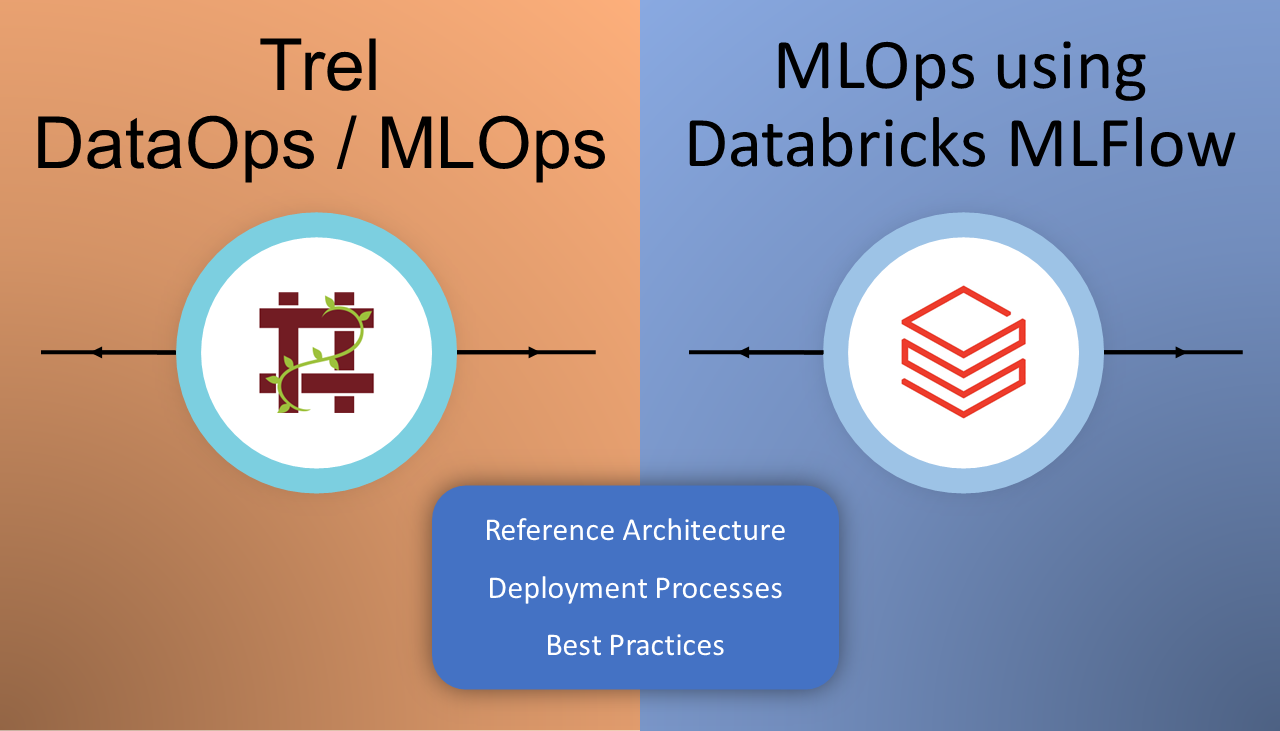In today’s rapidly evolving digital landscape, data engineers are increasingly pivotal. However, a recent survey we conducted on Reddit revealed a startling truth: only 44% of data engineers spend their workday focusing on business logic such as SQL or PySpark, while the rest is consumed by ETL processes, job automation, and the incessant demands of troubleshooting. This current state of data engineering creates imbalance but also hampers productivity then stifles innovation within teams. Our goal is to reverse this trend by enabling data engineers to dedicate up to 90% of their time to business logic. What causes this significant diversion of focus? The answer lies in the prevalent lack of adoption of best practices and comprehensive data pipeline maintenance features in commonly used platforms.
The Traditional Struggles of Data Engineering
Data engineers often find themselves mired in the mechanics of data pipeline management—scheduling, monitoring, and fixing failed jobs. Traditional tools like Apache Airflow have propelled forward the mechanics of job scheduling and dependency management but often fall short in areas like pipeline resilience and ease of maintenance. This gap necessitates frequent manual interventions and troubleshooting, leading to a significant diversion from high-value tasks like analytical transformations and business logic application.
A Paradigm Shift with Best Practices
Imagine you are tasked with integrating a new data source into your organization’s analytics platform. Traditionally, this would involve several steps:
- Setting up extraction processes to pull data from the source.
- Designing and testing ETL jobs to transform raw data into a usable format.
- Establishing monitoring and alerting systems to manage these jobs.
- Handling failures and discrepancies that inevitably arise due to changes in data source or schema.
Each step is fraught with potential pitfalls that can extend timelines and escalate efforts.
The Trel Approach: Resilience and Reproducibility
Now, let’s re-envision this scenario with Trel, a platform where best practices are not just recommended but built into the system. Here’s how Trel transforms the data engineer’s role:
- Automated Data Ingestion: Trel sensors automatically detect and ingest new data based on predefined criteria, eliminating the need for scheduled ETL tasks. This process is not only time-invariant but also resilient to delays and disruptions.
- Immutable Data Pipelines: Once data is ingested, it’s immutable—meaning it cannot be changed. This assures that any transformations or analytics performed can be reproduced reliably, simplifying debugging and reducing the time spent on troubleshooting.
- Job Automation: Trel jobs are triggered based on data availability and predefined formulas, similar to how formulas in a spreadsheet recalculate when data changes. This ensures that jobs are always processed with the correct, up-to-date data without manual intervention.
Enhancing Data Pipeline Management
With Trel, the focus shifts from maintaining pipelines to optimizing and expanding data use cases. Engineers can spend more time on applying business logic and less on the underlying mechanics of data management. For example, consider a requirement to integrate customer interaction data into a real-time recommendation system. With traditional tools, this might involve extensive setup for real-time data capture and processing. With Trel, the setup would look like this:
- Configuration: Define the sensor to capture new data with specific identity metadata.
- Automation: Set up a job to process this data with the necessary business logic. Once configured, Trel automatically handles the data flow as new data arrives.
- Maintenance: Since the system is designed for high resilience and reproducibility, any disruptions can be handled by simply re-running the affected jobs.
Conclusion: Why Adopt Best Practices?
For data teams, the shift to a platform that incorporates best practices means a significant reduction in operational overhead and an increase in time available for value-generating activities. By automating routine tasks and embedding well-accepted practices into the data management lifecycle, a platform like Trel not only enhances productivity but also ensures that data pipelines are more robust and less prone to failure.
Adopting a comprehensive solution that prioritizes best practices could mean the difference between a data team that continually struggles with maintenance and one that leads innovation in data utilization. As we move forward, adopting platforms like Trel—built around these industry-agreed practices—is not just an option but a necessity for data teams aiming to leverage their skills fully and contribute strategically to their organizations




